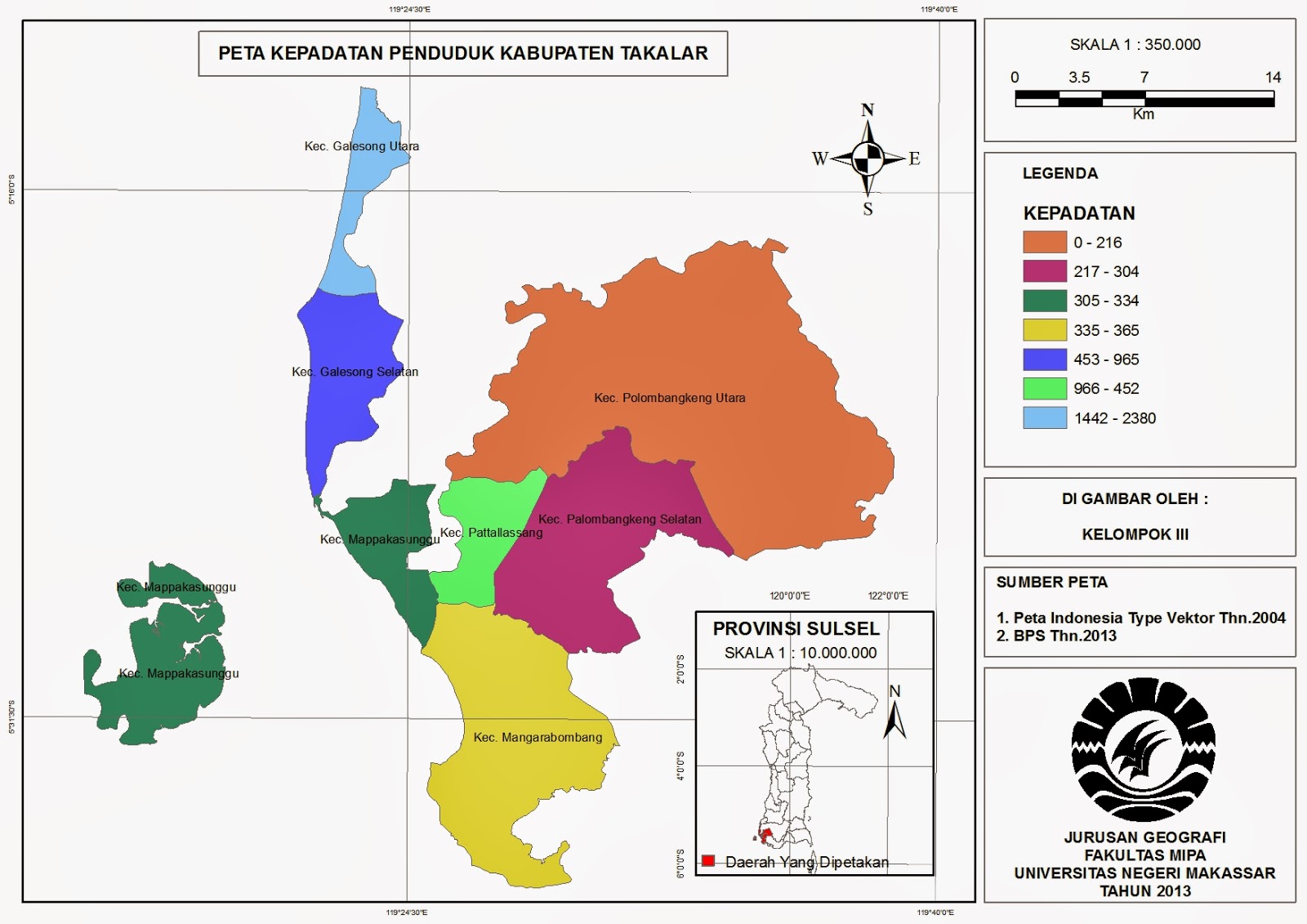


The virus is named after the wreath-shaped protrusion in the viral sheath. Coronavirus is included in the Nidovirales order, Coronaviridae family, Orthocoronavirinae sub-family, and is divided into groups α, β, γ, and δ in accordance with its serotypic and genomic characteristics. ĬOVID-19 is a disease caused by the coronavirus 2 (SARS-CoV-2) virus, a positive, single-stranded RNA virus that is not segmented. In Jakarta alone, the number of cases has reached 479,043 with 7976 deaths. As per 21 June 2021, there have been 1,989,909 confirmed cases of COVID-19 with 54,662 deaths in Indonesia reported to WHO. In Indonesia, the number of COVID-19 patients also continues to rise. As per 21 June 2021, World Health Organization (WHO) reported 178,118,597 confirmed cases of COVID-19 worldwide, including 3,864,180 deaths. The world is currently facing the COVID-19 pandemic. The government needs to enforce a mobility restriction to lessen the spread of COVID-19. The main risk factor for the spread of COVID-19 in Jakarta is high level of education, which can reflect a higher economic status to the population and a tendency to be more mobile. Risk factors for the spread of COVID-19 were associated with population's high level of education (B = 3.094, p value<0.001), population density (B = 0.275, p value = 0.029), and slum area (B = 0.404, p value<0.001). The study results showed that the average COVID-19 incident rate in Jakarta is 99.8 per 10,000 population. Data analysis used correlation and linear regression tests. The total population was 44 subdistricts. The study used an ecological study design with subdistricts as its unit of analysis. This research studies the sociodemographic and environmental health risk factors associated with COVID-19. Many factors have influenced the spread of COVID-19. However, implementation of such an integrated waterscape policy requires the institutionalization of polycentric governance and also needs a boundary organization to increase participation of diverse actors across governance levels.Since December 2019, the COVID-19 pandemic has rapidly emerged on a global scale. Though the former seemed cost-efficient in short term and less complex in terms of governance, the latter will help in long-term resilience as it considers the Jakarta flooding issue more holistically with future climate risks. The model is further used to test and compare two categories of policy strategies of increasing dredging efficacy and an integrated waterscape policy. This study uses system dynamics modeling to illustrate the interplay of social and hydrogeomorphological factors leading to Jakarta's vulnerability to flooding and to evaluate the policy response of Normalisasi against this vulnerability and future risk scenarios. Many scholars have criticized the overly technocratic framing of this policy, its covert agenda for attracting investments in infrastructure development in catchment areas, lack of empathy towards informal settlers, along with lack of vision for an inclusive and resilient socio-hydrological system. Under this policy, the government claims eviction of informal settlements from the riverbank areas widening rivers and canals and dredging the river beds. To solve this problem, the government has implemented several policies, with the most recent one named as "Normalisasi." This policy focuses on increasing the flow capacity of the river to prevent it from overflowing during heavy rain events. Subsequently, major flood events occurred with the most recent being in 2015. Flood is one major issue that has affected Jakarta since as early as 1872. Although flood has become an important political issue and the government is pushing a landscape change in the riverbank areas, the public policy in Jakarta has yet to comprehend the complex linkages between the gap in water provisioning and flooding. Abstract : Governance deficit in Jakarta, Indonesia is often associated to its pressing issues of too much, too little, and too dirty water.


 0 kommentar(er)
0 kommentar(er)
